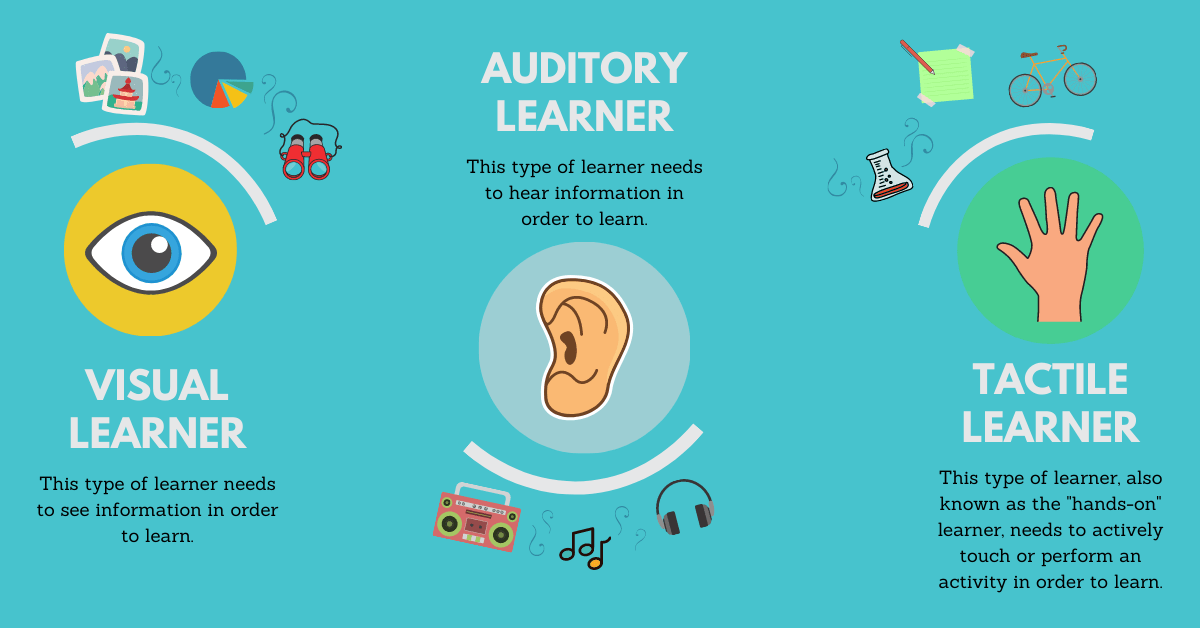Training Employees With Different Learning Styles
Have your employees lost interest in training? Do they view it as more of a requirement than an opportunity? Trainers and HR managers understand the value of practical learning programs. Employees are more prepared in their roles, with a better chance of career growth and satisfaction.
However, it can be challenging keeping employees interested during training sessions, especially when only 13% of employees worldwide feel engaged at work. If your training program exclusively caters to an individual learning style, you’re not appealing to the masses.
Employees retain information more efficiently when training is tailored to different learning styles. Furthermore, they improve their skill sets and are more satisfied with their roles. In this article, we’ll explain how to identify common learning types. We’ll also talk about how to create a tailored training program that engages your employees.
What are the Different Types of Learning Styles?

How to Identify Different Types of Learners
1. A Learning Style Assessment
2. Observation During Training
Visual Learners
Visual Learners will most likely take notes during the discussion and daydream.
Auditory Learners
Auditory Learners might orally recap some of the discussion, so they can process what they have learned.
Tactile Learners
Tactile (Kinesthetic) Learners might create a chart or graph to remember the discussion. They will engage most heavily in quizzes and games.
Ways to Engage Different Learning Styles
Learning Style | Tips for Engagement |
|---|---|
Visual: 65% of Learners | ‣ Train using live videos and webinars for a face-to-face experience. ‣ Provide slideshows with maps, charts, and graphs that showcase information. ‣ Create concise content with engaging graphics to increase participation. |
Auditory: 30% of Learners | ‣ Provide recorded training sessions for review.
‣ Engage in Q&A sessions to test their retention.
‣ Utilize podcasts as another means of content distribution. |
Tactile: 5% of Learners | ‣ Use a learning management system that allows them to perform tasks. ‣ Provide interactive quizzes for a more hands-on approach. ‣ Engage in roleplay that allows them to act out concepts. |
Creating an Enjoyable Learning Environment
Visual Learners
Experiential learning features stories with vivid details. Visual learners can picture desired behaviors introduced to them in training.
Auditory Learners
Discussion and dialogue are an essential part of experiential learning. Audio learners can learn by hearing how others analyze and apply newly acquired behaviors.
Tactile (Kinesthic) Learners
Since these types of learners enjoy a hands-on approach, experiential learning is a natural fit. Tactile learners engage in immersive activities that mimic real-life situations and are relevant to the workplace.



